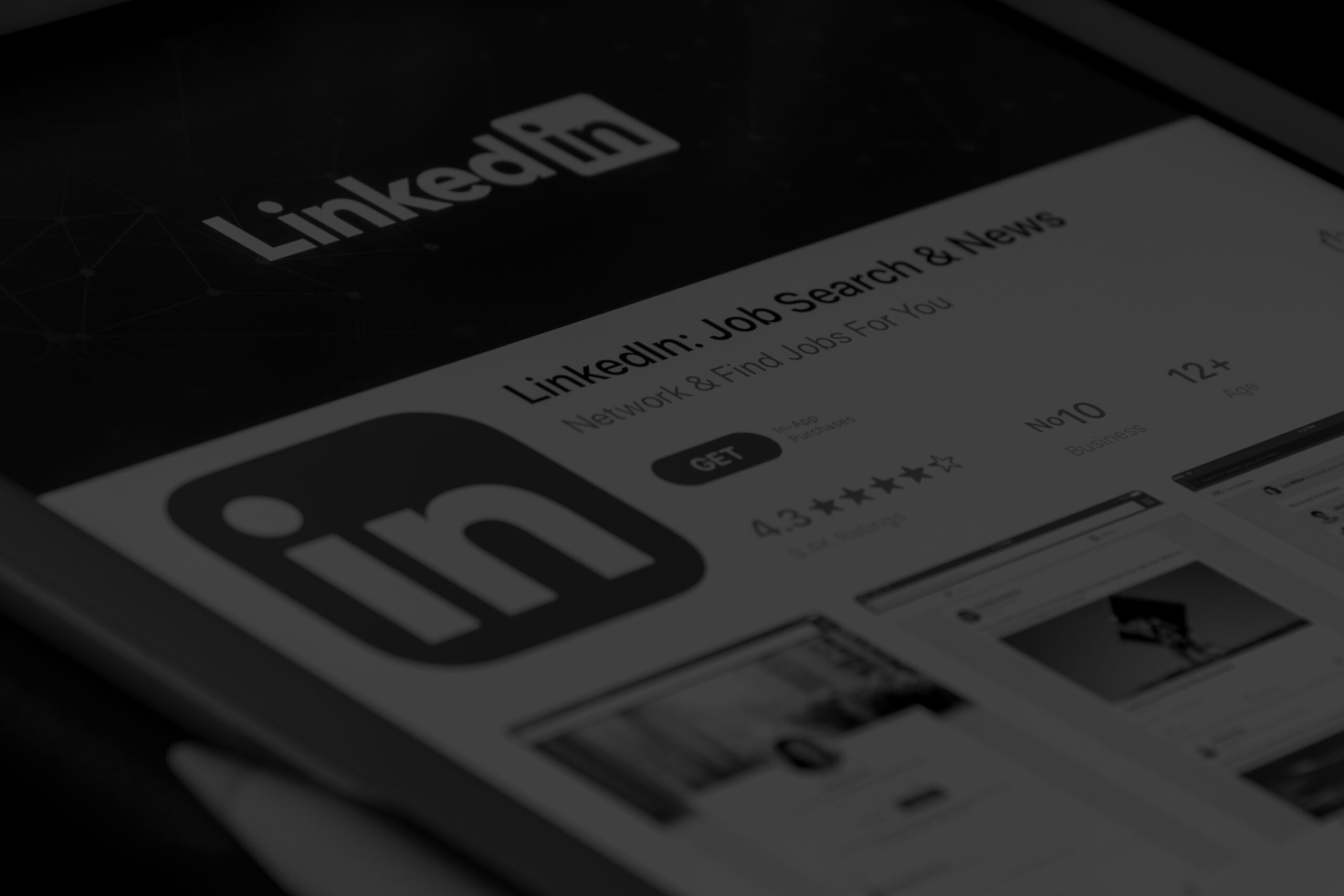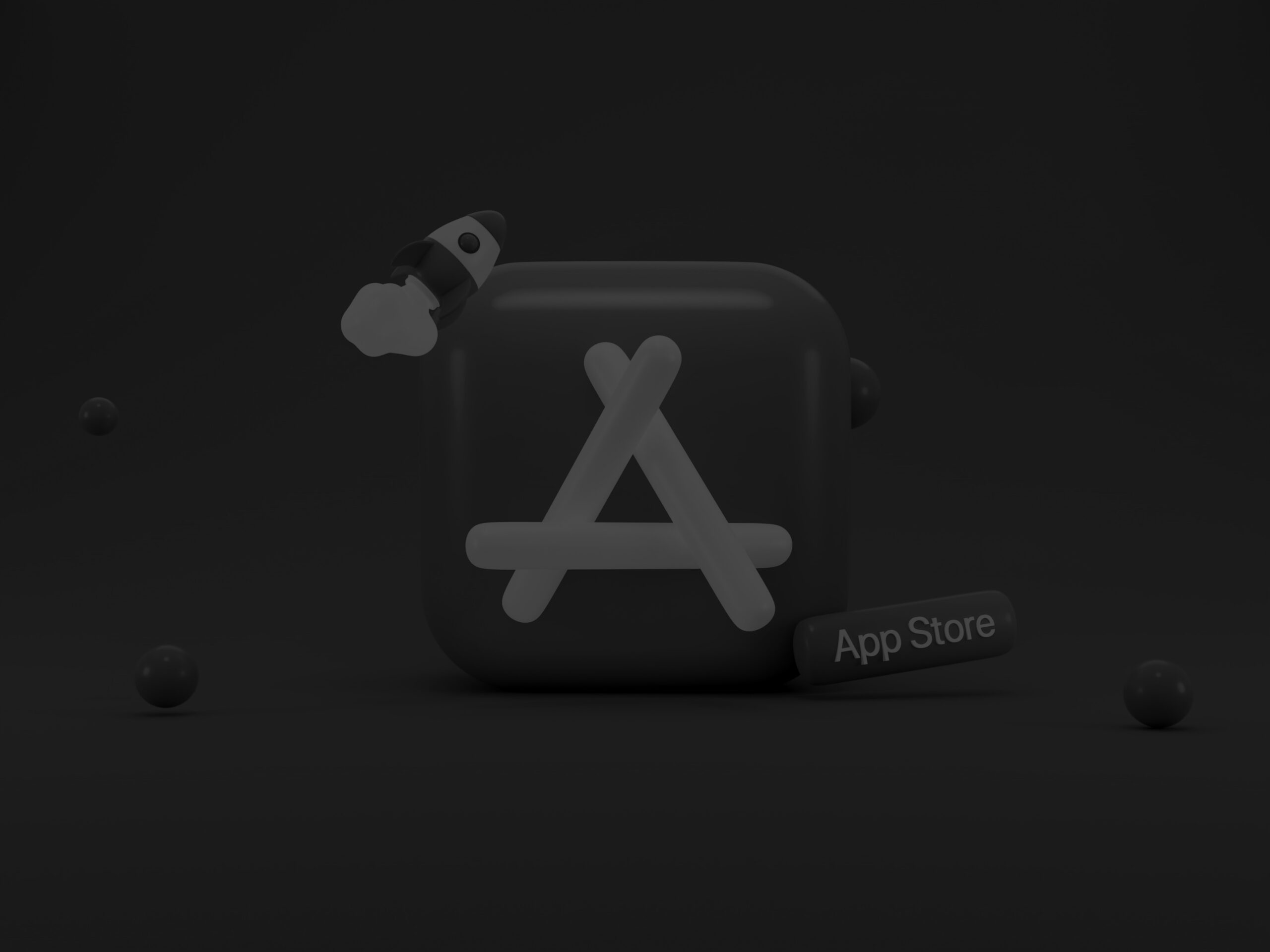For years, B2B marketing followed a predictable rhythm: attract attention, capture leads, and hand them to sales. But today’s buyers don’t move in straight lines — they research independently, consult AI tools, and expect every brand they consider to prove expertise before making contact.
The old funnel logic is struggling to keep up. Buyers enter mid-journey, navigate through search summaries or community insights, and sometimes complete 80% of their decision before a single sales call. Visibility alone is no longer enough; brands must now earn credibility, continuity, and adaptability at every touchpoint.
McKinsey’s latest research confirms this shift: sustainable B2B growth depends less on lead volume and more on lifetime engagement across marketing, sales, and service functions. AI-driven discovery, data privacy shifts, and buyer fatigue are rewriting the rules, and the next generation of B2B success will come from how intelligently companies connect human insight, automation, and proof of value.
To stay competitive, B2B marketers need strategies that reflect how discovery, credibility, and decisions actually happen today.
What’s Really Changing in B2B Marketing
B2B marketing is undergoing structural change. The frameworks that once defined it — funnels, campaigns, hand-offs — are being replaced by adaptive systems that link discovery, engagement, and retention in a continuous loop. Understanding these shifts is the foundation for every modern strategy that follows.
Here’s what that transformation looks like in practice.
- From Funnels to Flywheels
Growth now relies on momentum, not progression. The classic funnel ends at conversion, but the modern flywheel never stops turning. Awareness drives engagement, engagement drives loyalty, and customer advocacy brings in the next audience.

Key takeaway:
- Treat customer experience as marketing — onboarding, support, and success all influence new acquisition.
- Measure the loop, not the line. Every satisfied client now functions as your next awareness driver.
- The Post-AI Buyer Journey
Discovery increasingly starts inside AI search tools — from ChatGPT and Gemini to industry-specific assistants. These engines don’t list results; they summarize, favouring brands that provide clear, structured, and verifiable information.
To adapt:
- Optimize for Generative and Answer Engines (GEO/AEO) by using schema, factual accuracy, and trustworthy signals.
- Build Answer Engine Magnets — concise, evidence-based content crafted to be cited directly by AI and voice systems, not just ranked by algorithms.
- Think in answers, not keywords — clarity and proof outperform keyword stuffing.
Visibility today means being credible enough for machines to cite.
- Full-Funnel Data Unification
Fragmented data still fractures growth. Marketing measures MQLs, sales tracks the pipeline, and product teams focus on usage — three disconnected stories about the same buyer.
Modern B2B organizations are closing that gap with unified data architecture.
What this enables:
- Real-time insight into the full customer lifecycle.
- Shared performance metrics between marketing, sales, and success.
- Faster feedback loops that tie activity directly to revenue.
When everyone sees the same picture, decision-making becomes simpler, campaigns sharper, and ROI measurable in real terms.
- Human Trust in a Machine-First Landscape
Automation delivers scale, but not credibility. As Forrester’s Predictions 2026 notes, B2B leaders face a growing trust test: proving reliability in an era when algorithms mediate nearly every interaction.
Buyers increasingly judge companies by how transparently they operate, not just what they claim.
Practical implications:
- Publish clear data sources and case outcomes.
- Align messaging across marketing, sales, and product so promises match delivery.
- Let authenticity replace polish — real proof beats perfect phrasing.
Trust is no longer earned through volume; it’s built through verifiable value.
- AI-Powered Operations and Creative Intelligence
AI now powers research, segmentation, and testing, but creative differentiation still belongs to people. The strongest B2B teams blend machine precision with human perspective, allowing technology to scale decisions while humans guide meaning.
Use AI to:
- Streamline insight gathering and performance optimization.
- Identify patterns that inform smarter human creativity.
- Free time for storytelling, strategy, and emotional connection.
Automation accelerates output, but originality still wins attention.
In essence:
B2B growth is becoming circular, data-driven, and credibility-based.
Every touchpoint, from search snippet to customer success email, now contributes to one system of continuous visibility and trust.
Modern B2B Marketing Strategies That Deliver Results
Once the new dynamics are clear, strategy becomes about execution — aligning teams, tools, and creative direction with how B2B audiences actually search, evaluate, and decide today. These six strategies represent the most effective ways to drive measurable, sustainable growth in the current landscape.
- Adapt SEO for Generative Engines (GEO & AEO)
Search no longer stops at Google. Buyers use AI-driven engines that pull insights from verified, structured data. To stay visible, brands must optimize for how these systems summarize, not just how they rank.

Action points:
- Structure pages with schema markup, clear authorship, and Answer Engine Magnets.
- Prioritize concise, evidence-based copy over keyword repetition.
- Maintain factual consistency across your site and third-party listings.
Think of it as visibility through trust: the more confidently AI systems can cite your brand, the more often they do.
- Merge Demand Generation with ABM
The separation between awareness and precision marketing is fading fast. Modern campaigns blend broad-market education with account-level personalization to keep brand familiarity high while nurturing specific opportunities.
How to approach it:
- Use top-of-funnel content to educate a wide audience, then retarget engaged accounts with tailored assets.
- Align creative and data pipelines so every interaction — ad click, webinar, or email — connects back to a unified strategy.
- Replace static hand-offs with continuous loops of engagement.
This merge creates an ecosystem where awareness, consideration, and retention feed each other — a direct reflection of the flywheel model in action.
- Build Full-Funnel Visibility
Metrics still shape perception, and too many B2B teams track the wrong ones. Volume-based KPIs like impressions and MQLs rarely reveal what drives revenue. The new standard is pipeline clarity.
To achieve it:
- Connect marketing automation, CRM, and product analytics into a shared data framework.
- Attribute influence across the entire lifecycle, from first interaction to renewal.
- Use dashboards that display contribution to revenue rather than isolated campaign stats.
When marketing can see its downstream impact, strategy becomes less about activity and more about business outcomes.
- Personalize at Scale with Predictive Insights
The most successful B2B outreach now combines first-party data and AI-driven intent modelling to anticipate what buyers need before they say it. But automation alone isn’t personalization — the human layer still matters.
Balance technology and empathy:
- Segment audiences not by firmographics, but by observed behaviour and readiness.
- Use predictive tools to adjust timing and format, while keeping tone and message human.
- Deliver content that feels relevant, not algorithmic.
Precision without authenticity creates noise; personalization with context builds trust.
- Empower Experts as Brand Voices
In an era of automated messaging, real expertise cuts through. Decision-makers want to hear from people who’ve solved their problems, not from faceless brands.
Ways to activate internal experts:
- Encourage specialists and leaders to publish insights on LinkedIn, Medium, or niche platforms.
- Turn technical Q&A sessions or webinars into repurposed thought leadership content.
- Support their voices with editorial structure and brand alignment, not scripts.
When your people speak credibly and consistently, they become part of the brand’s value — and the brand becomes part of industry conversation.
- Automate Intelligently with AI Tools
AI isn’t replacing marketing teams — it’s multiplying their capacity. Used right, it automates research, segmentation, and performance testing so humans can focus on creative and strategic depth.
Smart automation principles:
- Automate repetitive inputs (research, tagging, clustering), not brand voice or direction.
- Use generative tools for ideation and pattern discovery, then refine outputs manually.
- Continuously monitor performance metrics to adjust AI-assisted workflows.
Automation should amplify human decisions, not make them. The difference defines whether AI becomes a growth engine or a distraction.
Intelligent Growth, Human Core
The future of B2B marketing isn’t about adding more tactics but refining how everything connects. Generative search is reshaping discovery, unified data is reshaping measurement, and AI-assisted workflows are reshaping execution. Yet through all this change, one constant remains: growth still depends on human clarity.
Buyers don’t just want information; they want confidence. They look for brands that understand their challenges, communicate with integrity, and deliver on every promise.
That’s where the balance between intelligence and authenticity defines success. AI can structure insight, automate outreach, and measure engagement — but meaning, creativity, and trust still come from people.
LenGreo helps B2B companies adapt their marketing to the AI-driven era by optimizing visibility across generative and traditional search, unifying marketing and sales data into clear revenue intelligence, and designing content ecosystems that convert attention into qualified demand.
Our team blends advanced data models with human expertise to build strategies that scale sustainably — systems that learn, refine, and perform while keeping brand credibility at the center.
In B2B, technology may drive efficiency, but it’s still people who build trust, and trust is what compounds growth.










